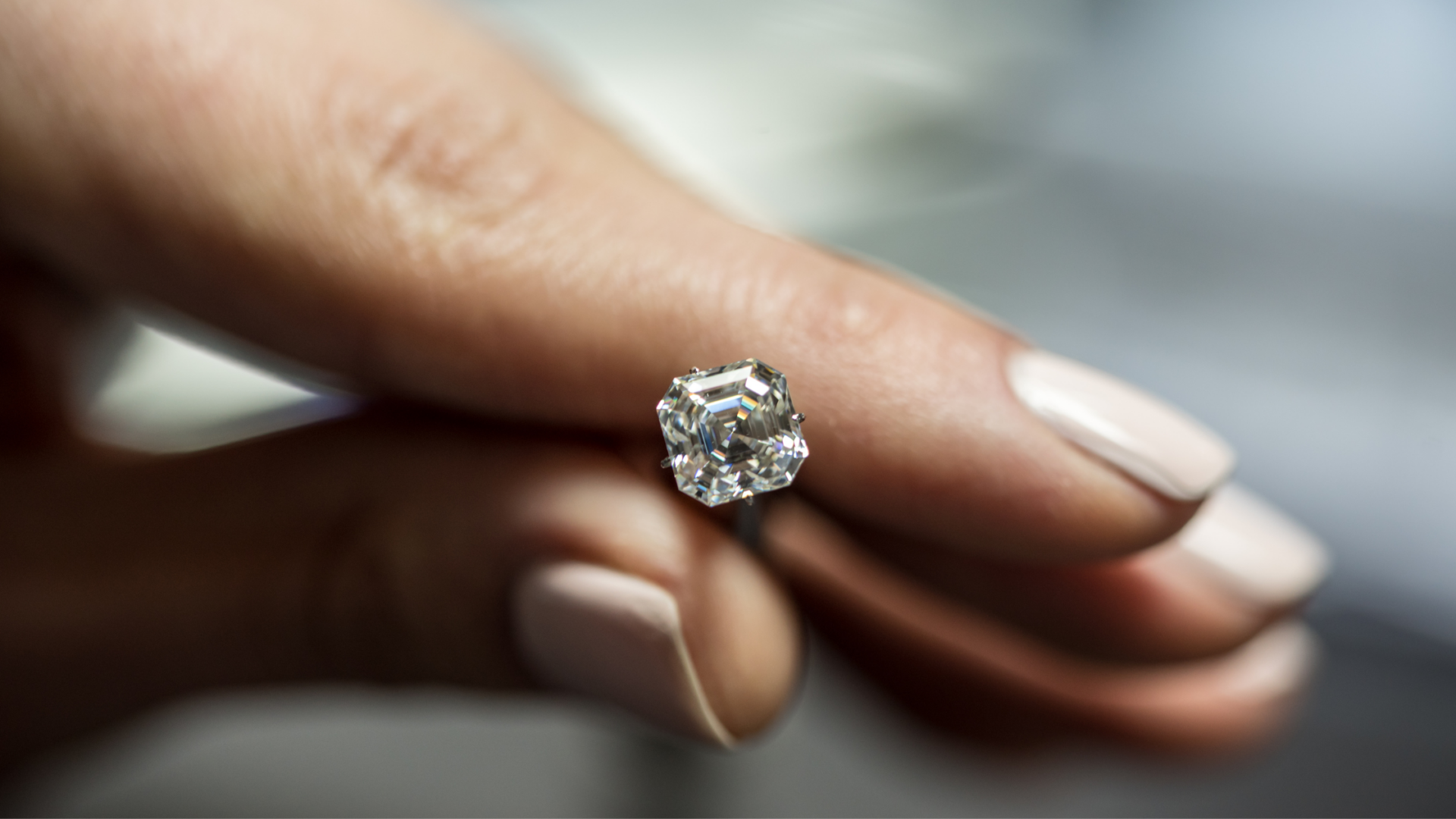You are using an out of date browser. It may not display this or other websites correctly.
You should upgrade or use an alternative browser.
You should upgrade or use an alternative browser.
Very Good cut with HCA scores below 2
- Thread starter reiddar
- Start date
- Joined
- May 1, 2008
- Messages
- 3,563
reiddar|1301267914|2881403 said:If I input my numbers into the HCA cut advisor on a VG cut GIA and get a good score, does that mean I shouldn't bother with a GIA EX?
What are the main differences between a GIA EX and GIA VG....perhaps degree difference in the angles?
In this case yes.
It could also be due to a finish reduction (G in polish or symmetry will reduce a diamond to GIA VG-at-best) or a result of brillianteering variations (which would be noted on the report). But since you mention the HCA I'll predict it's an average angular combination too shallow for GIA EX but in the HCA-preferred range.
Expanding on this a bit... Systems like GIA, AGSL, HCA and AGA share an area where the top grades overlap but they don't all agree on the exact "bullseye" of best angular combinations. Pavilion angle is what many consider the most critical element and is good for showing where the ‘centers’ of the different systems lie. For 53-58% tables, you'll find that pavilion angles 40.6-41.0 have the greatest approval cross-system. The AGS cut guidelines suggest most 0 candidates in that range. The HCA and AGA prefer the shallow side of that range and a bit lower; which is why some shallow GIA VG (like this one) will still get top marks in other systems. The GIA system prefers the steep side and higher; which is why some steep GIA EX fall outside the criteria of other systems.
Do remember that the HCA is blind. It is simply making a "chalk outline" of the diamond where scores under 2.0 have angles inside a widely agreed-on high performance range, but it is still distilling 57-58 facets down to a rudimentary chalk outline. It can possibly disqualify stones which could be fine, depending on your taste. But it can also approve the odd stone with poorly chosen lower half lengths, digging, painting, wide variations from average angle given, poor cut precision or other elements it cannot "see." It's often stipulated to be a handy rejection tool; useful for identifying candidates worthy of further examination.
Did You Miss the March 2024 Jewels of the Weeks?
Did You Miss the March 2024 Jewels of the Weeks? - 03/30
Did You Miss the Throwback Thursdays for March 2024?
Did You Miss the Throwback Thursdays for March 2024? - 03/28




300x240.png)